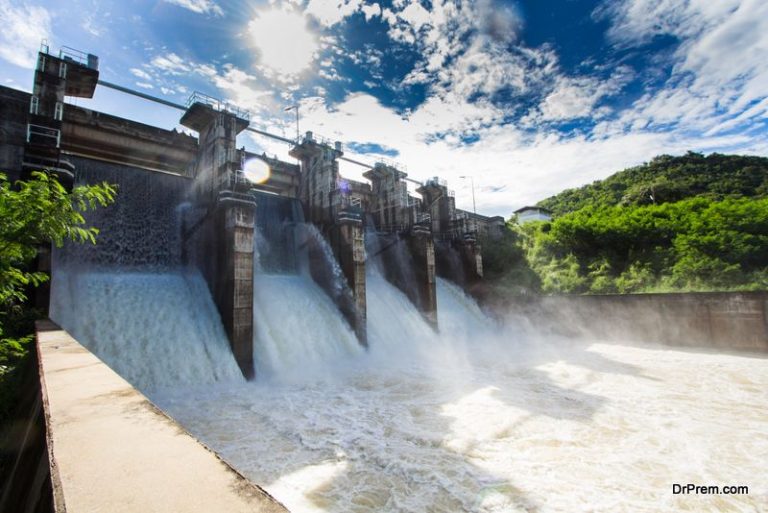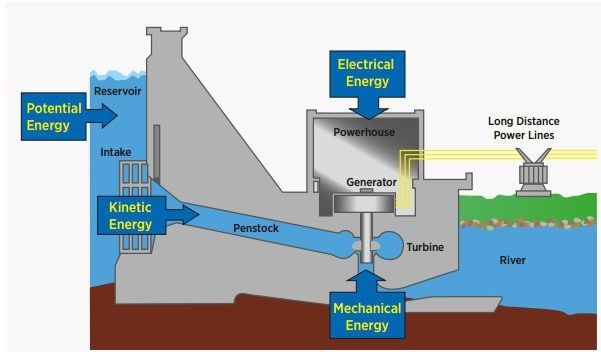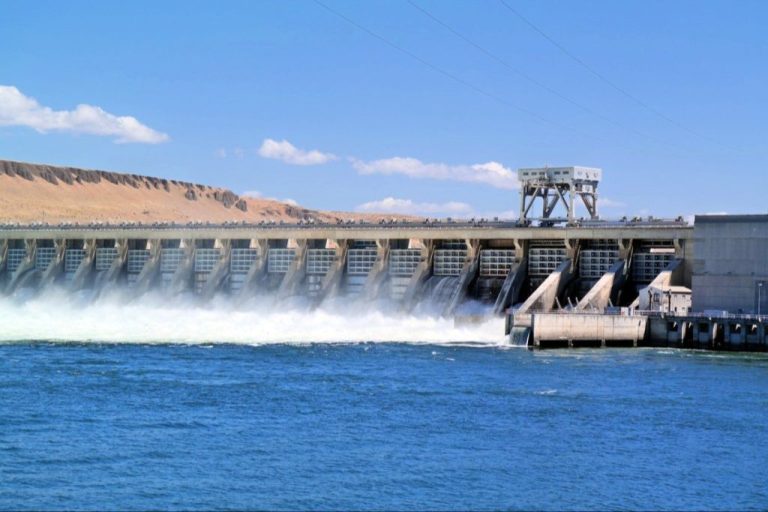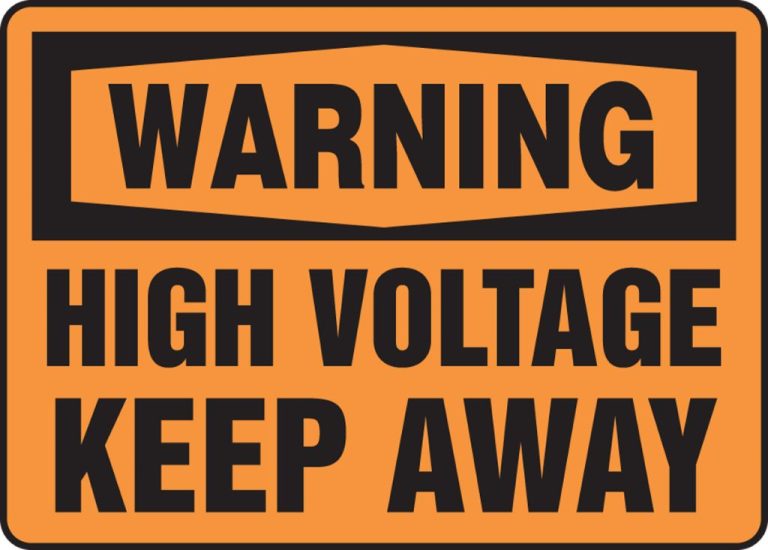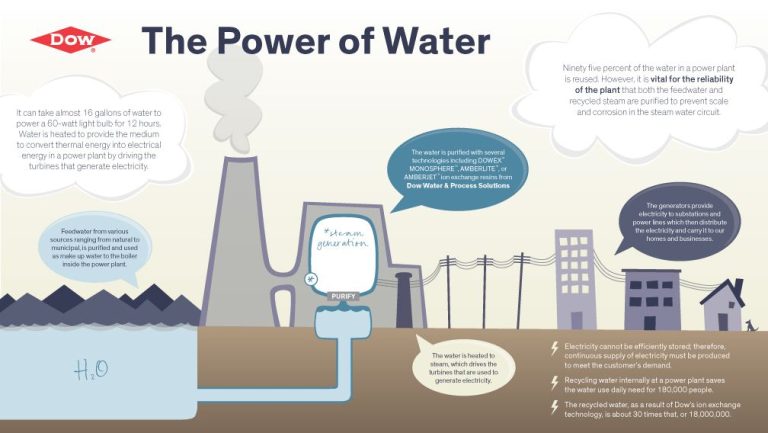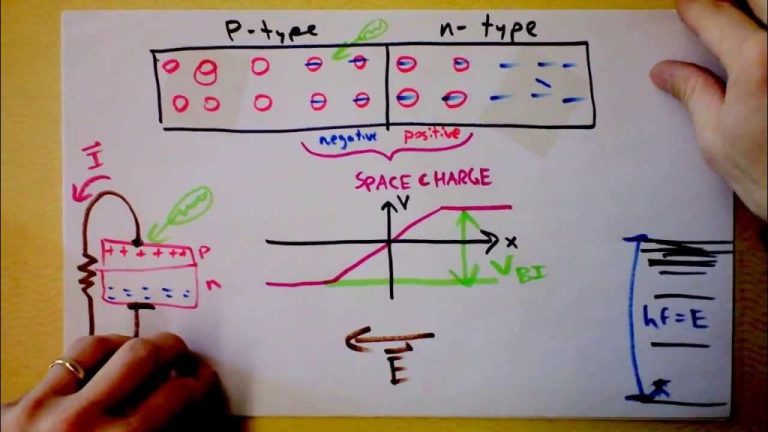Is It Good To Invest In Hydropower?
Hydropower is the process of generating electricity by using the energy from flowing water. It is considered a renewable energy source because it relies on the water cycle and does not produce greenhouse gas emissions like fossil fuels. With growing concerns about climate change, many countries are looking to increase renewable energy sources like hydropower. However, hydropower also has some downsides to consider.
This article examines the key pros and cons of investing in hydropower. Hydropower facilities provide affordable, low-emission electricity and can help meet peak electricity demands. But building dams and reservoirs can negatively impact local ecosystems and communities. Weighing these factors helps determine if hydropower is a good investment for specific locations.
Hydropower Basics
Hydropower is a renewable energy source that converts the energy of flowing or falling water into electricity. There are two main types of hydropower facilities:
- Hydroelectric dams – These dams use a reservoir or dammed lake to store water. The water flows through a turbine connected to a generator to produce electricity.
- Run-of-river hydropower – This type channels a portion of a river through a canal or penstock to spin a turbine and generator. It does not require a large dam or reservoir.
Hydropower works because water in a reservoir or river has gravitational potential energy. When this water is released to spin a turbine, the potential energy gets converted to kinetic energy and then to rotational energy to run an electrical generator. The amount of electricity that can be generated depends on the volume of water flow and the vertical drop or “head” of the water.
According to the U.S. Energy Information Administration, hydropower supplies about 7% of total U.S. electricity generation and accounts for over 40% of electricity generation from renewable sources. Worldwide hydropower capacity was estimated at just over 1,300 gigawatts in 2020, providing around 16% of global electricity generation (U.S. Energy Information Administration).
Pros of Hydropower
Hydropower offers several major benefits that make it an appealing energy source. Firstly, it is renewable since it relies on the water cycle which is continuously replenished by rainfall and snowmelt. This sets it apart from fossil fuels which are finite resources.
Hydropower is also very reliable once facilities are constructed, as the water flow can generally be well-predicted and controlled. The plants can quickly generate extra electricity during periods of high demand, making hydropower a flexible grid resource.
Additionally, hydropower has relatively low operating and maintenance costs compared to other energy sources. The facilities are long-lasting, with some plants running effectively for over 100 years. The fuel itself (flowing water) is free, so operational costs are mainly for upkeep of the facilities.
According to the U.S. Department of Energy, hydropower’s affordability helps keep electricity rates low and stable. In 2020, hydro generated over 6% of U.S. electricity, but represented 40% of generation from renewables and avoided approximately 200 million metric tons of carbon emissions (U.S. Energy Information Administration, 2021).
Cons of Hydropower
There are some disadvantages to hydropower that should be considered:
High upfront costs: Constructing a hydropower plant and dams requires significant capital investment upfront before the project starts generating electricity and revenue. The costs can run into the billions depending on the scale of the project (1).
Impacts wildlife habitats: The dams built for hydropower can disrupt natural water flows and block fish migration routes. This damages local ecosystems and animal habitats (2). Flooding land to create reservoirs also destroys natural vegetation and forests. Wildlife like water birds and aquatic life are impacted.
Emissions from reservoirs: Over time, organic matter like plants and trees left when land is flooded decays, releasing greenhouse gases like methane into the atmosphere. Some studies suggest reservoirs contribute around 4% of anthropogenic carbon emissions globally (3).
Overall, hydropower projects require weighing the economic benefits of renewable electricity against the potential environmental damage. Proper planning, impact assessments, and mitigation strategies are needed.
(1) https://www.energy4me.org/learn-about-energy/energy-sources/hydropower/pros-cons/
(2) https://kiwienergy.us/pros-and-cons-of-hydroelectric-energy/
(3) https://www.energysage.com/about-clean-energy/hydropower/pros-cons-hydropower/
Financial Considerations
The cost of hydropower varies greatly depending on the site location and scale of the project. According to IRENA, the average construction cost for hydropower projects in 2010 was around $2,000 per kW of installed capacity in OECD countries, and $1,500 per kW in non-OECD countries. Large-scale projects above 10 MW capacity tended to have lower per kW costs. Other factors like topography and distance to grid connections also affect construction costs.
The levelized cost of electricity from hydropower depends on the capital and operating costs. According to NREL, the U.S. average for hydropower is around $68.8 per MWh. Rates can be below $30/MWh for large, low-cost sites to over $100/MWh for smaller, high-cost sites. Incentives like renewable energy credits and tax breaks can improve the cost-competitiveness of hydropower projects.
Overall, hydropower requires high upfront capital costs but has relatively low operating costs over its long lifespan. The cost per kWh needs to be weighed against the project’s total generation capacity and lifespan to determine if it pencils out financially.
Environmental Impacts
Hydropower projects can have significant impacts on the environment, especially related to habitat disruption and altered downstream flows (U.S. Energy Information Administration). Building dams floods vegetation and can destroy forest, wildlife habitat and agricultural land (Union of Concerned Scientists). Altered water flows affect downstream plant and animal life that are adapted to historic seasonal flow patterns.
Hydropower reservoirs also emit greenhouse gases like methane and carbon dioxide from decomposing organic matter underwater. However, overall lifecycle emissions from hydropower tend to be much lower than fossil fuel sources (UCS). With proper siting and mitigation strategies, some negative impacts can be avoided or minimized.
Case Studies
There are many examples of successful and failed hydropower projects that provide insights into best practices. The World Bank’s report “Better Hydro: Compendium of Case Studies” provides an in-depth look at 24 hydropower projects around the world.
One success story is the La Higuera project in Chile, which was completed in 2010. It utilizes a unique bulb turbine design optimized for low heads and has a installed capacity of 18.4 MW. The project incorporated environmental considerations into its design and operation, including maintaining minimum flows for aquatic habitat and constructing fish passages. It has operated with high efficiency and availability since completion (Better Hydro: Compendium of Case Studies, 2017).
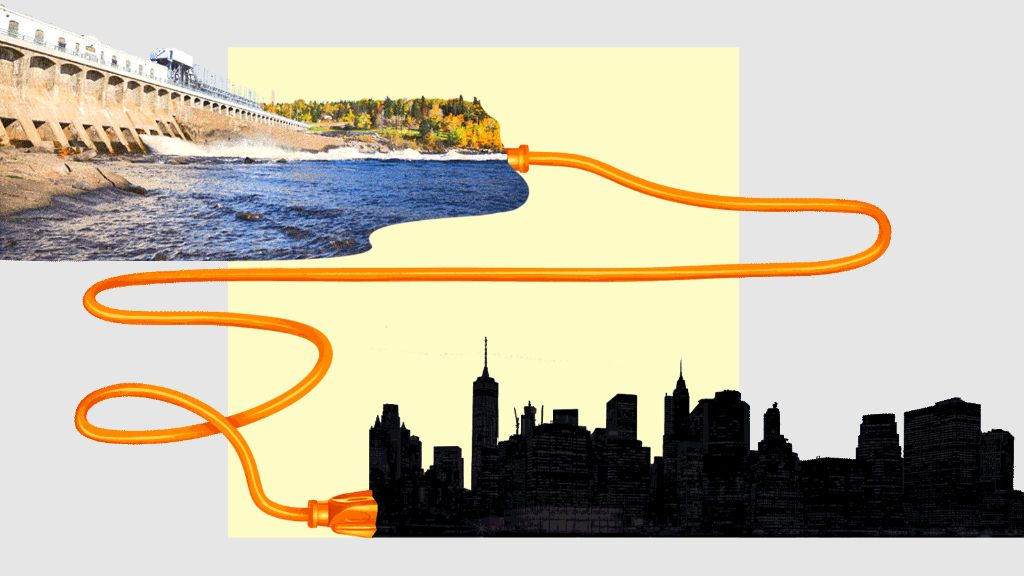
In contrast, the Belo Monte dam project in Brazil has faced criticism over environmental and social impacts. With a massive installed capacity of 11,233 MW, it required redirecting 80% of the Xingu River’s flow. This has negatively impacted indigenous communities, ecosystems, and aquatic life downstream. Additionally, deforestation from the reservoir and transmission lines released significant greenhouse gas emissions during construction (Better Hydro: Compendium of Case Studies, 2017).
These examples demonstrate how proper planning, design, and mitigation measures can lead to successful and sustainable hydropower projects, while lack of foresight on impacts can result in failure despite scale and profitability.
Regulations and Policy
The development and operation of hydropower projects in the United States is regulated by the Federal Energy Regulatory Commission (FERC) under the Federal Power Act. FERC issues licenses and exemptions for hydropower projects and oversees environmental reviews. All non-federal hydropower projects in the U.S. are required to obtain a FERC permit or license.
The permitting process for hydropower projects can be lengthy and complex. Key regulations include requirements for public input, evaluating project alternatives, mitigating impacts on fish and wildlife, and recommending license conditions. The average time for FERC to issue an original hydropower license is over 5 years according to a 2013 study.
To improve the regulatory process, legislation such as the Hydropower Regulatory Efficiency Act of 2013 has aimed to reduce permitting times and costs. The law instructed FERC to investigate methods such as setting firm deadlines and allowing preliminary permits.
At the state level, governments have enacted policies to incentivize hydropower development. Many states offer production incentives, tax credits, rebates, and loans for adding new hydropower capacity. However, regulations and incentives can vary significantly by state.
Future Outlook
Hydropower has significant potential for future growth and technological improvements. According to the International Energy Agency (IEA), global hydropower capacity is forecast to increase by 17%, or 230 GW, between 2021 and 2030.[1] Much of this growth is expected to come from emerging economies, especially in Asia. With abundant untapped resources, countries like China, India, Indonesia, Brazil, and others are investing heavily in new hydropower projects.
In the United States, a study called the Hydropower Vision report projects that U.S. hydropower capacity could nearly double by 2050 under a favorable scenario.[2] New technologies like advanced turbines, pumped storage, and integrating hydropower with floating solar PV could unlock this additional capacity. Upgrades and modernizations to existing facilities will also boost output.
Beyond capacity expansions, innovations in the hydropower space aim to increase flexibility, efficiency, sustainability, and integration with other renewables. With greater incentive to decarbonize electricity generation, the future looks bright for hydropower to meet rising energy demands in a clean, renewable manner.
Conclusion
Hydropower has several notable pros and cons that must be carefully weighed when considering investing in this renewable energy source. On the pro side, hydropower is a proven technology that provides reliable, cost-effective baseline power with no greenhouse gas emissions. Hydroelectric dams also offer energy storage capabilities and can provide flood control and recreational benefits.
However, hydropower facilities require high upfront capital costs and suitable geography, which limits broader adoption. Dams can also have negative environmental and social impacts by disrupting river ecosystems, altering water quality, and displacing communities. Careful facility siting and environmental mitigation measures are needed.
Overall, hydropower is worth considering for many regions with the right geographic resources. However, a thorough cost-benefit analysis should be conducted, factoring in financial costs, availability of alternative energy sources, and potential environmental trade-offs. Investing in existing facilities may provide the best return on investment given the challenges of building new large dams. With proper planning and mitigation, hydropower can be a clean, renewable energy solution.

